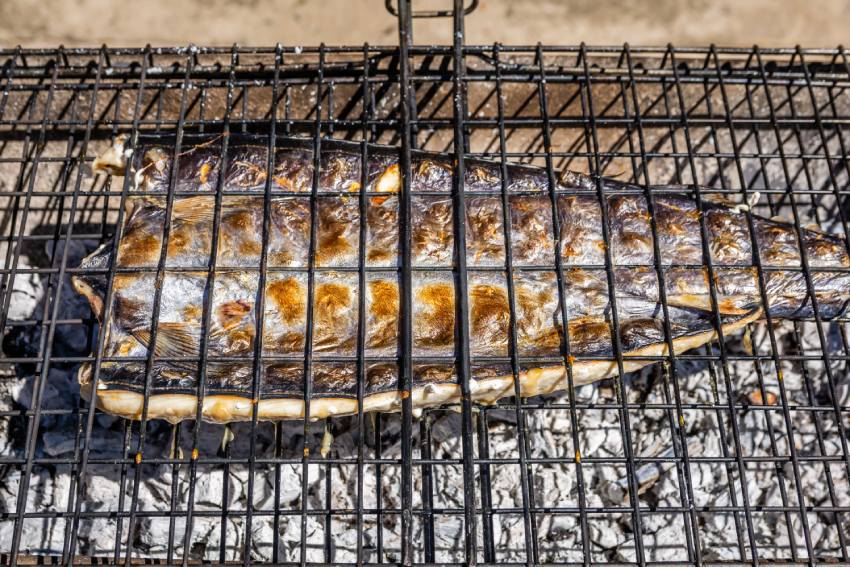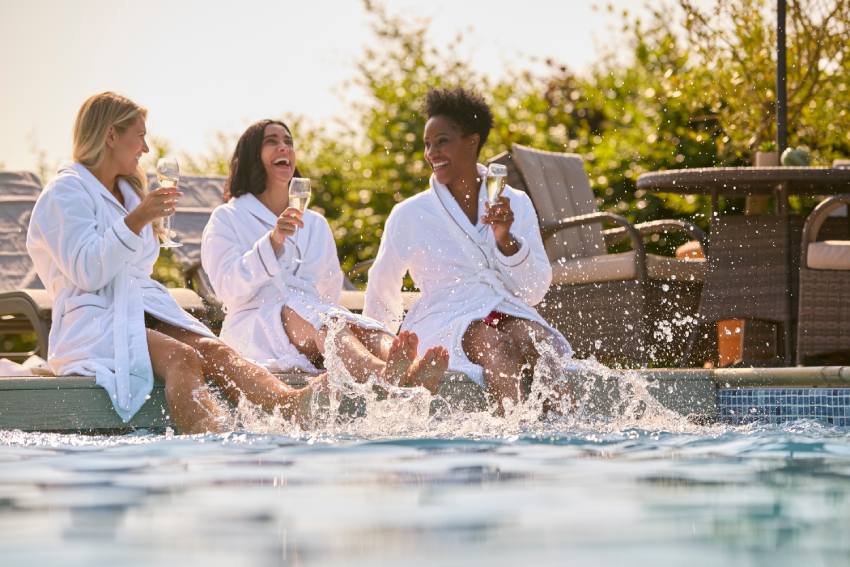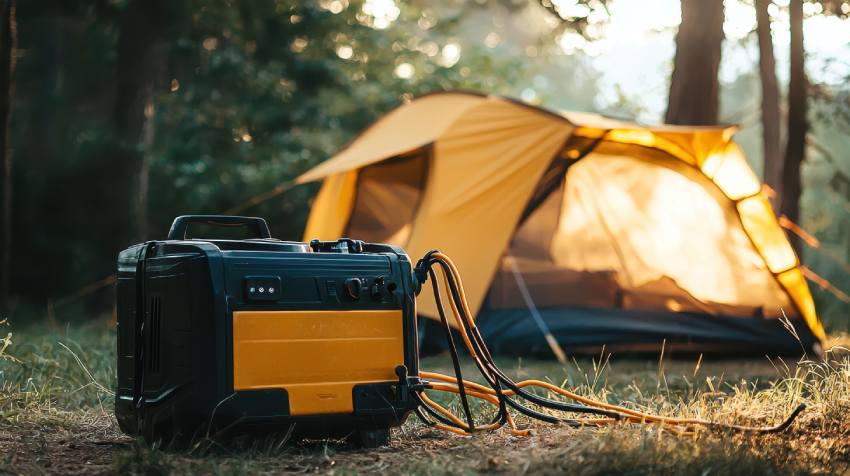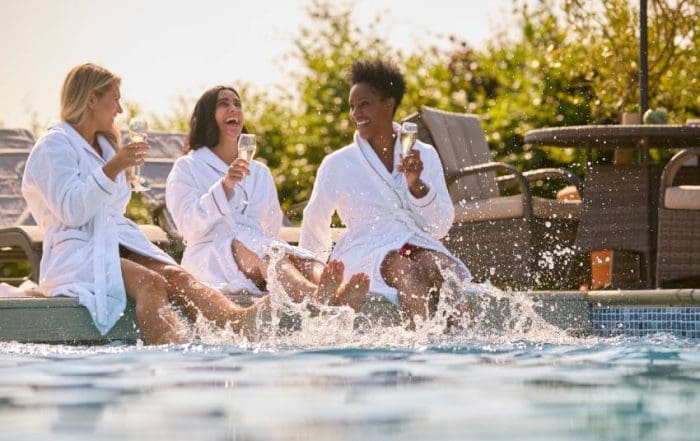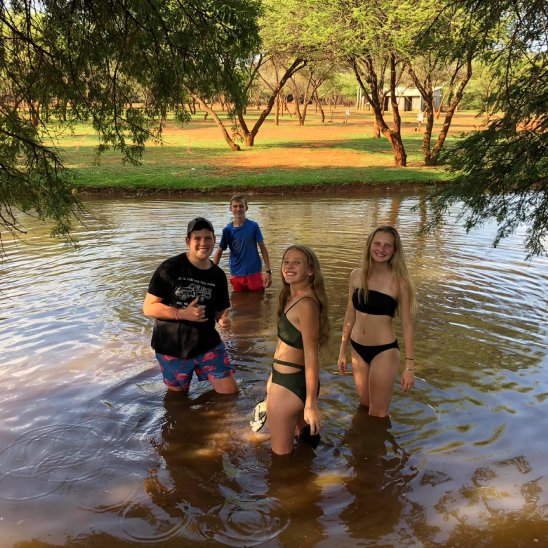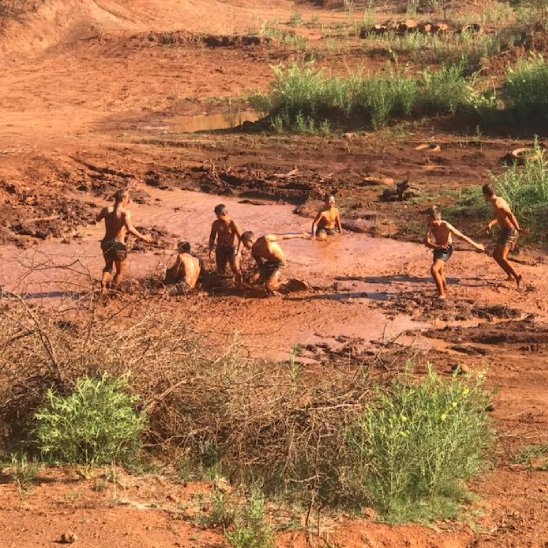How to Take Better Travel Photos: Tips for Stunning Shots
Knowing how to take better travel photos can transform regular snapshots into breathtaking storytelling moments, whether you’re documenting vibrant street scenes or golden-hour game drives on your most recent vacation. With a few thoughtful techniques and the right approach, your photos will draw attention. Here are some tips to help you take better pictures on your next trip.
Travel Photography Tips
Mastering travel photography starts with intentionality. Instead of snapping everything in sight, take a moment to ask: What story am I trying to tell? Framing each image with this in mind will improve your results. Keep your camera steady by using a mini tripod or stabiliser, which is especially helpful during early morning wildlife drives or night shots. Embrace candid shots, too. Capturing real, unposed moments adds depth to your travel content and brings out a sense of place and authenticity. Don’t forget to shoot from different angles. Try getting low or climbing to higher vantage points for fresh perspectives. And always have extra batteries and memory cards on hand. There’s nothing worse than running out of space during golden hour.
The Importance of Lighting in Travel Photography
A crucial element in any photo is lighting. Early morning and late afternoon light, which is called the golden hour, offers soft, warm tones that flatter landscapes and people alike. Avoid shooting in the harsh midday sun when shadows are sharp and colours are washed out. If you must, look for shaded areas to soften your light or use reflectors to bounce light more evenly. If you’re capturing natural scenery around the caravan park at Mbizi Game Lodge & Spa, pay close attention to how light filters through the trees or reflects off nearby water. Subtle light play can transform your shots from flat to phenomenal.
The Role of Composition in Travel Photography
Understanding composition in travel photography helps you frame shots that feel balanced, interesting, and intentional. One of the most effective techniques is the rule of thirds, which means dividing your image into a 3×3 grid and placing key elements along the lines or at their intersections. Use leading lines like paths, rivers, or architectural features to draw the viewer’s eye into the scene. Framing your subject through doorways, branches, or windows also adds depth and context to a photo. Symmetry can be incredibly impactful, especially when shooting architecture or reflections. Simultaneously, don’t be afraid to break the rules when it feels right. Creativity often lives in the unexpected.
Essential Travel Photography Gear
You don’t need an entire studio in your backpack, but investing in the right travel photography gear makes a big difference. A lightweight DSLR or mirrorless camera with a versatile lens captures various scenes without changing gear too often. Pack a small tripod for stability during low-light and long exposure shots, and bring a microfibre cloth to keep your lens clear in dusty or damp environments. A portable battery pack is a lifesaver when you’re off-grid for the day. Waterproof cases or dry bags are also helpful when shooting near rivers, waterfalls, or coastal areas.
Learning how to take better pictures can turn your travels into visually stunning narratives. With a thoughtful approach to gear, light, and composition, your shots can go from simple souvenirs to standout moments frozen in time. Want to photograph wildlife and wide-open skies? Contact us to plan your visit to Mbizi Game Lodge & Spa.



